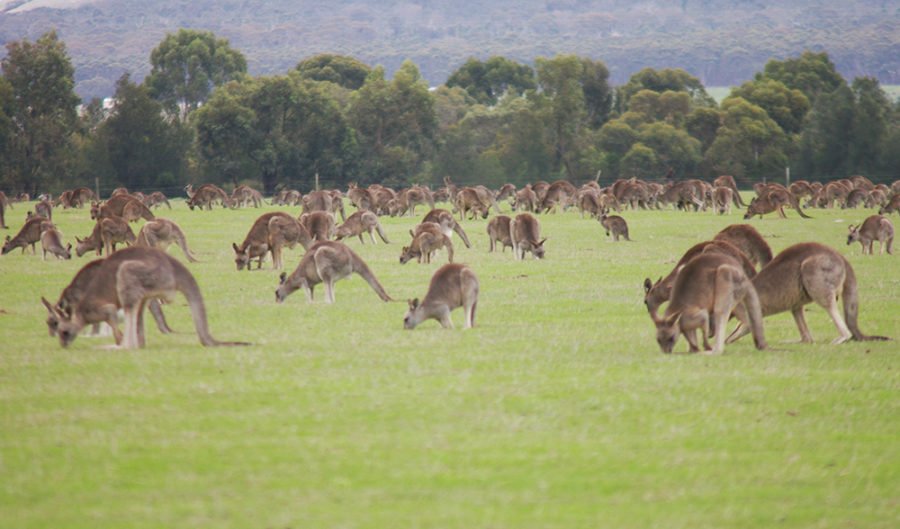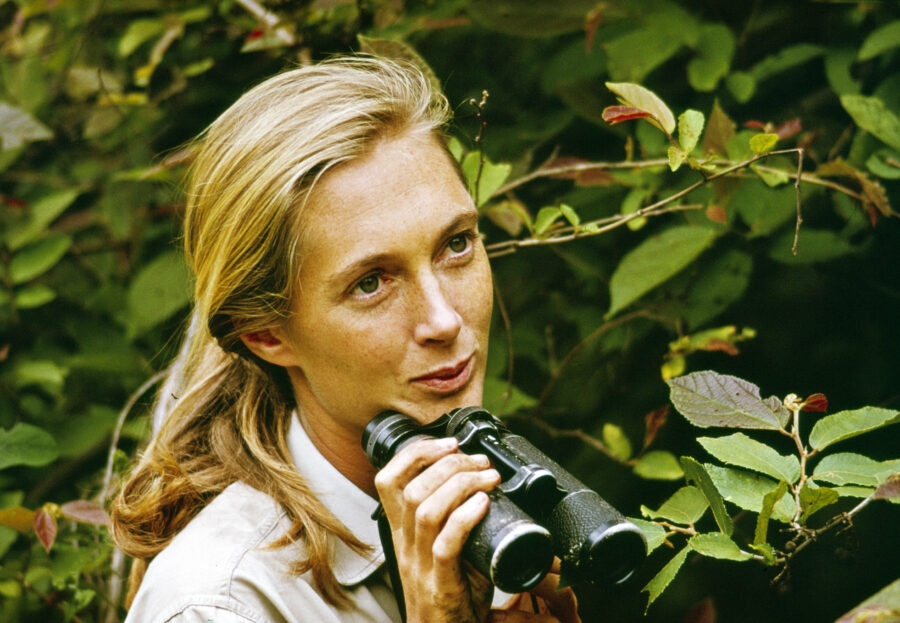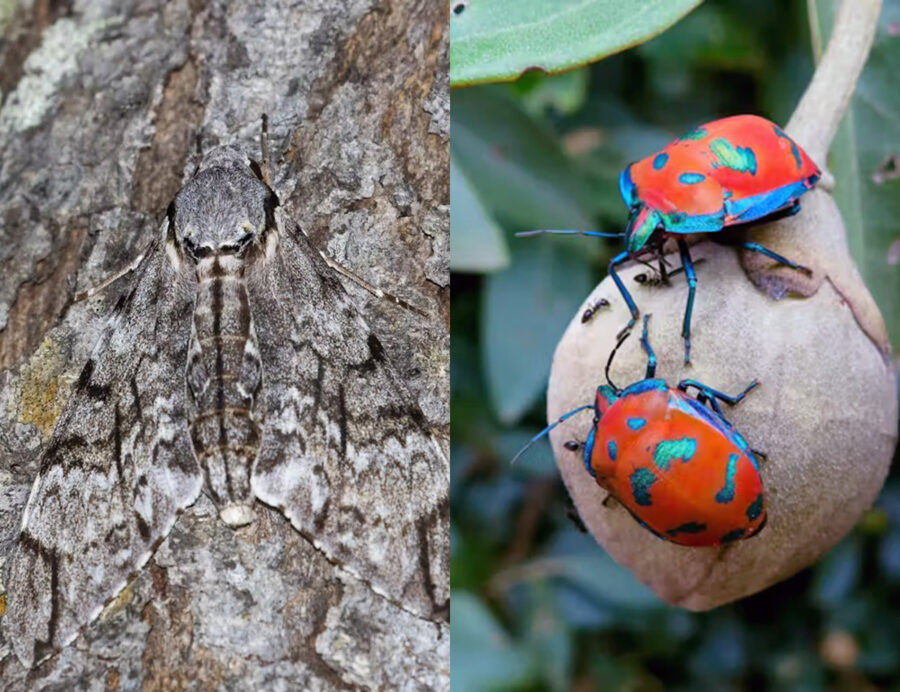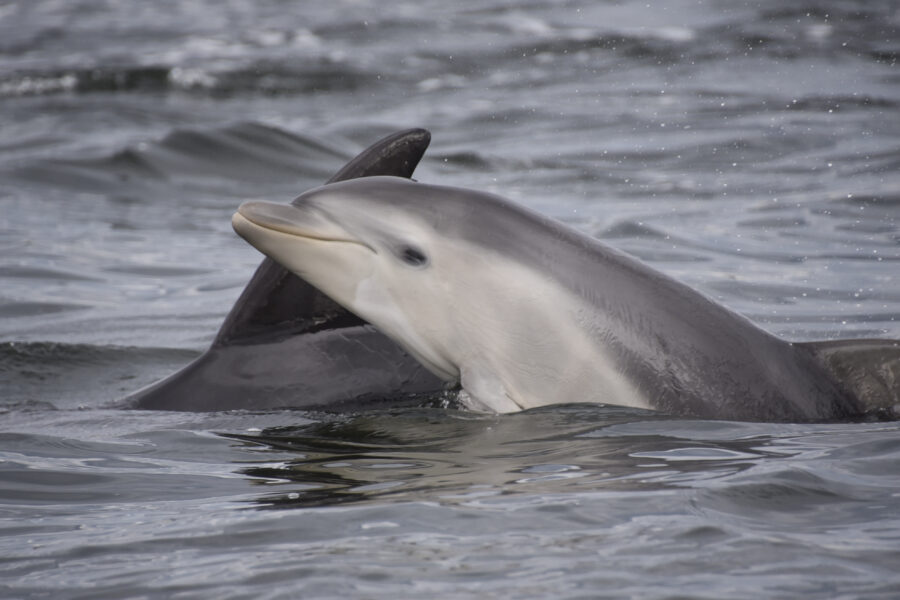New birth control for roos

CONTRACEPTIVE IMPLANTS MAY provide an effective alternative to culling Australia’s booming kangaroo populations on the outskirts of urban areas.
Australia’s iconic kangaroos have become a bit of a problem: with twice as many roos as people, they are causing havoc in parts of Australia. As a consequence, the Australian government allows culling: more than five million wild kangaroos are killed every year around the country to keep the populations in check.
Now, Michelle Wilson, a zoologist from the University of Melbourne, has come up with an elegant alternative where no bullets are required. She is testing how female kangaroos respond to levonorgestrel implants, similar to hormonal contraceptive commonly used by women. The implants are inserted under the skin of the animal, and suppress fertility for at least five years.
Back in 2013, Wilson tried out this technique on 75 female roos living at the Serendip sanctuary, a 200-hectare wildlife haven in Western Plains, Victoria. After three years, Wilson found that only one female had become pregnant, suggesting the approach was a success.
However, the novel approach is not cheap, hovering at about $A250, which includes the cost of the implant, plus labour, tranquiliser and anaesthetics, and it might not be a viable option for much larger areas, says Phil Pegler, Environment and Conservation manager at Parks Victoria.
“It is a useful technique particularly in small self-contained habitats where the majority of females can be treated, and the rate of immigration and emigration of treated animals from the population is minimal,” Phil said.
“In larger more connected landscapes, the utility of the technique may be compromised by the scale of control required, the difficulty of capturing a sufficient proportion of kangaroos, the highly specialised skills and materials required to implement the technique and the consequent high per animal cost,” he added.
Michelle agrees that while this new approach works well, it may only be practical to use it on small scale, such as in urban settings. “Fertility control shows great potential to manage kangaroo populations in peri-urban areas like golf courses, and small parks and reserves”.
RELATED:
- Controversial brumby cull proposed
- Staying safe in croc country: culling isn’t the answer
- Camel populations halved in national cull
- Dingo culls cause more harm than good




